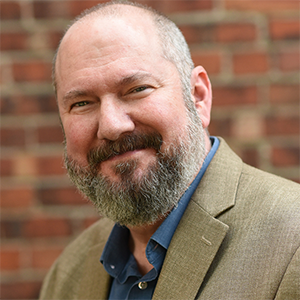Starting in early 2017, an 18-county region of Central New York will have a new 680 area code in addition to the current 315 code, the New York State Public Service Commission (PSC) announced today.
The new number was assigned by the North American Numbering Plan Administrator (NANPA), and will serve all 18 counties in the 315 region: Cayuga, Chenango, Cortland, Fulton, Hamilton, Herkimer, Jefferson, Lewis, Madison, Oneida, Onondaga, Ontario, Oswego, Otsego, Saint Lawrence, Seneca, Wayne, and Yates.
No current phone numbers will change because of implementation of the new area code. New phone numbers that are established after it is rolled out will be given either the original 315 area code, or the new 680 code, according to a news release from the PSC.
(Sponsored)

What is Fiducuary Liability and how does it affect you and your business?
Managing a company’s insurance needs can be complex and stressful. It doesn’t need to be when adding certain specialty insurance products, like fiduciary liability insurance. It protects the sponsoring company;

Working Another Job While on FMLA Leave is Not Necessarily Misconduct
Imagine this. You have an employee who is on leave pursuant to the Family and Medical Leave Act (FMLA) and you discover that the employee is working for another employer.
Telephone companies have been directed to activate the new area code by the first quarter of 2017. By that time, without the addition of the new code, the region was projected by NANPA to see a shortage of central office codes, the PSC says.
To achieve the desired implementation timeline, a seven-month network preparation period will be followed by an 11-month permissive dialing period, during which time residents will be capable of dialing with or without an area code, according to the release.
After that period, use of an area code while dialing will be mandatory, for both 315 and 680. Any misdialed calls will trigger a message directing the caller to dial 10 digits, the PSC said.
The “phenomenal growth” of new technology that requires an individual phone number, such as cell phones, drove the demand for new numbers, the PSC said. In making its decision, the PSC determined that the best way to meet that demand was to overlay a new area code over the existing area code.
In an earlier recommended decision, an administrative law judge had concluded that a new area-code overlay was the “best option” for area-code relief in the 315 region, the PSC said.
The PSC staff also recommended the overlay option because it is “easier to implement, less expensive, easier for customers to adapt to, and fairer to all customers,” according to the release.
